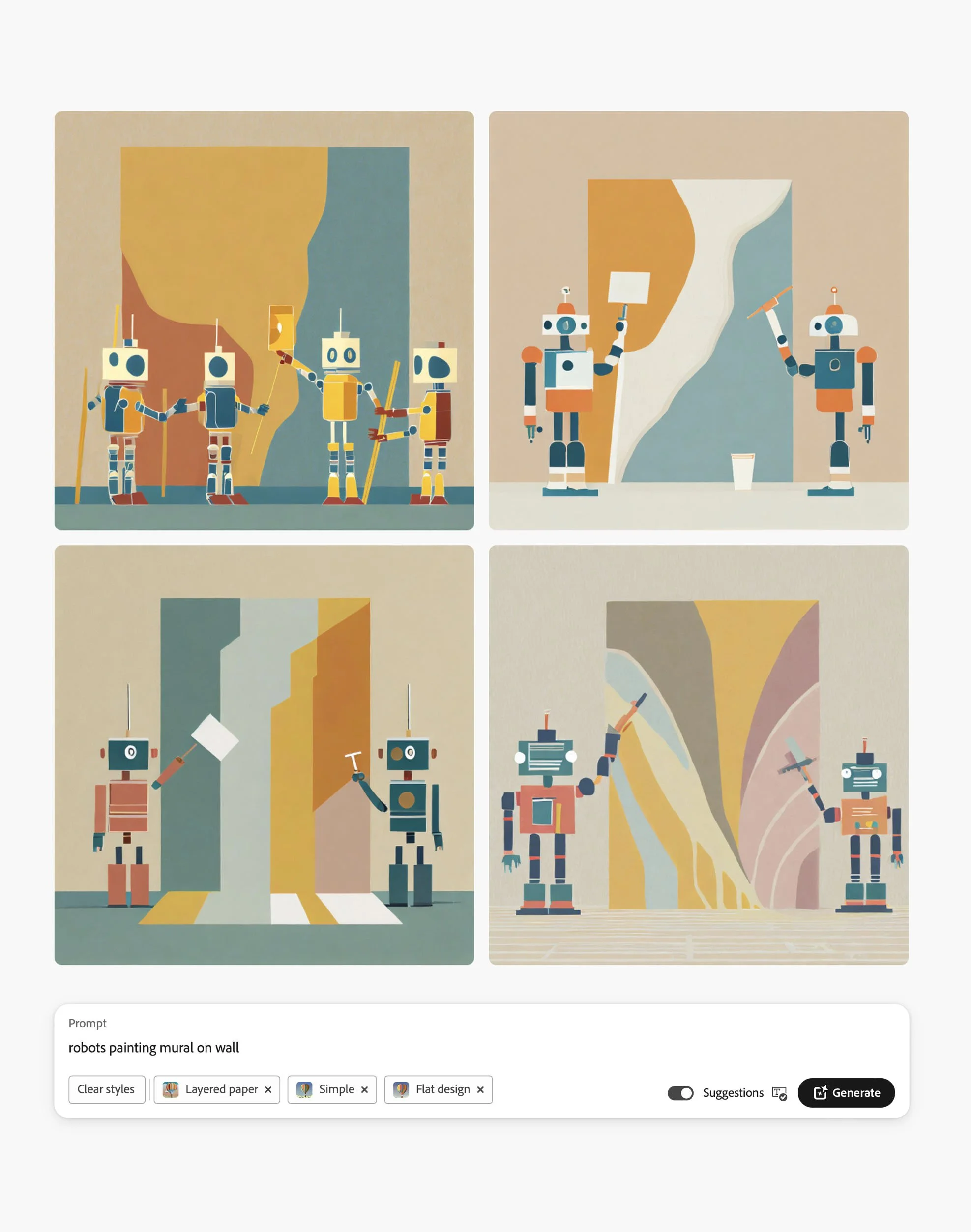Robot Vs. Human Mistakes: Part 1
AI is Changing the Marketing and Advertising Landscape
As an agency, we rely on human experts almost constantly to do bigger and better things. And though we rely on computers to track how well we do something, we're certainly not asking them to take over anytime soon. As marketing innovation evolves, integrating AI technology has become a pivotal goal of many businesses.
However, when it comes to mistakes, the question arises: Would people prefer a robot to mess up, or a human? AI can offer certain advantages in terms of minimizing errors. It can process vast amounts of data quickly and efficiently, helping to identify patterns and trends that humans may overlook. However, it is essential to note that AI systems, like humans, can make mistakes. These errors can range from misinterpreting data inputs to generating content that needs more context and relevance. That's where humans come in—to provide the context that computers simply can't.
Don't Forget the Human Touch
The key lies in finding the balance between human expertise and AI capabilities. By integrating AI tools into the marketing process, businesses can leverage the strengths of both humans and machines. This collaboration allows for enhanced efficiency and accuracy in tasks such as data analysis and content generation.
Ultimately, the aim is not for AI to replace human marketers entirely but to empower them with advanced tools that amplify their skills and capabilities. By integrating technology with human expertise, businesses can achieve greater marketing success while minimizing potential mistakes.
At least, that's our approach.
How We Make AI Work For Us: Creative & Connections Teams
Example Firefly image generation process
Our AI-Powered Creative Team
Our creative team leverages AI-powered solutions to enhance various aspects of our work efficiency. We understand the value and potential of AI-powered solutions in the marketing industry. That's why we like to leverage various AI tools and technologies to enhance our team’s creative processes and deliver impactful campaigns.
One of the critical areas where our creative advertising team utilizes AI is in generating imagery for designs across all kinds of mediums. This helps greatly during the brainstorming process and enhances our client presentations.
Here are some examples:
Topaz Labs Photo AI can upscale and sharpen images and video.
The Content-Aware Fill feature on Photoshop and After Effects helps generate new content sampled from other parts of the image; an example would be removing an unwanted object in the background and replacing it with the rest of the background.
Photoshop's Generative Fill feature generates selected parts of an image with new content through text prompts. Text prompts are powered by Adobe Firefly generative AI.
These programs aren't "sentient," meaning it has the ability to think like a human. We consider these different AI platforms as examples of "Machine Learning," where the program written can make assumptions based on existing data, allowing computers to learn without explicitly being programmed.
We're always keeping our eyes peeled for more ways to better our processes through technology. Innovations in AI and design are continuously developing, and the way we design in the future could change with it.
Our AI-Powered Connections Team
Our Connections team regularly uses AI-powered solutions across paid, owned and earned media to enhance our strategies and plans. These AI-powered tools and technologies bring a new level of efficiency and effectiveness to our advertising efforts.
By incorporating AI solutions into our media processes, we can provide more efficient campaign management, better audience-targeting capabilities, improved campaign measurement and, ultimately, better results for our clients' marketing initiatives.
Here are some examples:
In Digital Advertising
The AI platforms we use have been taught to identify specific objects in photos and videos. These platforms interpret photos and videos on websites or social media to understand their relevance to our media campaigns and then serve tailored creative messaging/ads accordingly.
In Paid Search
We leverage ChatGPT for various tasks such as developing Google scripts for paid search campaigns, among other tasks that we can now automate more easily. This helps us increase efficiency and lets us focus more on strategy and planning.
In Social Media
Meta is a group of social networks we use regularly (mainly Facebook and Instagram) for our clients, and AI is a big part of it. For example, Facebook's AI system can read and interpret content as against community guidelines and automatically remove it.
As a marketing agency, we make the most of AI-powered solutions to enhance our strategies and achieve optimal results for our clients. By incorporating AI into our advertising efforts, we can analyze vast amounts of data, identify trends and make data-driven decisions.
Embracing these AI-powered technologies in our media advertising strategies gives our agency the ability to stay ahead of the curve in an increasingly competitive digital landscape. We continuously explore new advancements in artificial intelligence to optimize our campaigns and drive exceptional results for our clients.
Real Fears Over Job Takeover
How far does replacing human workers with robots go? What decisions should robots be allowed to make for us?
The future of AI jobs is a topic that has sparked both excitement and fear. The future of AI work could refer to jobs performed by AI, jobs in the AI field or jobs in general in the face of AI advancements. As AI technology continues to advance, there are concerns about AI’s impact on the future of work and the potential for job displacement due to automation. But rather than a complete robot takeover, it is more likely that AI will augment human capabilities in various fields. The fear of losing a job to a robot is a valid concern, but it is important to understand that AI technology is not solely focused on replacing human workers.
Computers Enhance, Rather Than Replace, Our Jobs
While AI may automate specific tasks and roles, it also has the potential to create new opportunities and reshape industries. AI is expected to play a significant role in future job markets. While routine and repetitive tasks may be automated, AI will also create new job roles that require human skills such as critical thinking, problem-solving, creativity and emotional intelligence. These skills are difficult for machines to replicate.
Technology is disrupting the marketing and advertising industries and is here to stay. Agencies will need to adapt as more AI innovation becomes available.
The Future of AI Work
When considering the future of AI jobs, it's important to recognize that while some jobs may be automated or transformed by AI, new opportunities will also emerge. There is a growing demand for professionals who can develop, maintain, and optimize AI systems. This includes roles such as AI engineers, data scientists, machine learning specialists, and robotics experts.
Additionally, there will be a need for individuals who can work alongside AI technologies and harness their capabilities effectively. These individuals will focus on tasks that require human creativity, critical thinking, empathy and complex problem-solving skills. Jobs in fields like healthcare, customer service, education and creative industries are likely to see an increased collaboration between humans and AI.
It is important to note that while the impact of AI on jobs may vary across different sectors and occupations, adapting to this technological shift will require continuous learning and upskilling. Acquiring knowledge of AI technologies can significantly enhance career prospects in the future job market.
While there may be concerns about the potential displacement of certain jobs by AI technologies in the future, it is equally important to recognize the opportunities it brings. The evolving landscape of AI work presents a chance for individuals to embrace new roles and skills while working alongside intelligent machines for enhanced productivity and innovation.
This was part 1 of 2 on “Robot Vs. Human Mistakes.”
Check out part 2 as we continue examining the real-world applications of AI and the impact it can have on our future.
Have questions about AI implementation? Contact our Executive Director of Connections, Mike Pocci, at mpocci@teamaftermath.com.
-
Check out our other AI-related content!
AI in Content Marketing (Part 1) (Part 2) [2020]
AI Doesn’t Have to Be Daunting [2021]
Will AI End Search As We Know It? [2023]
Evaluating our Preconceived Notions About AI (Part 1) (Part 2) [2023]




